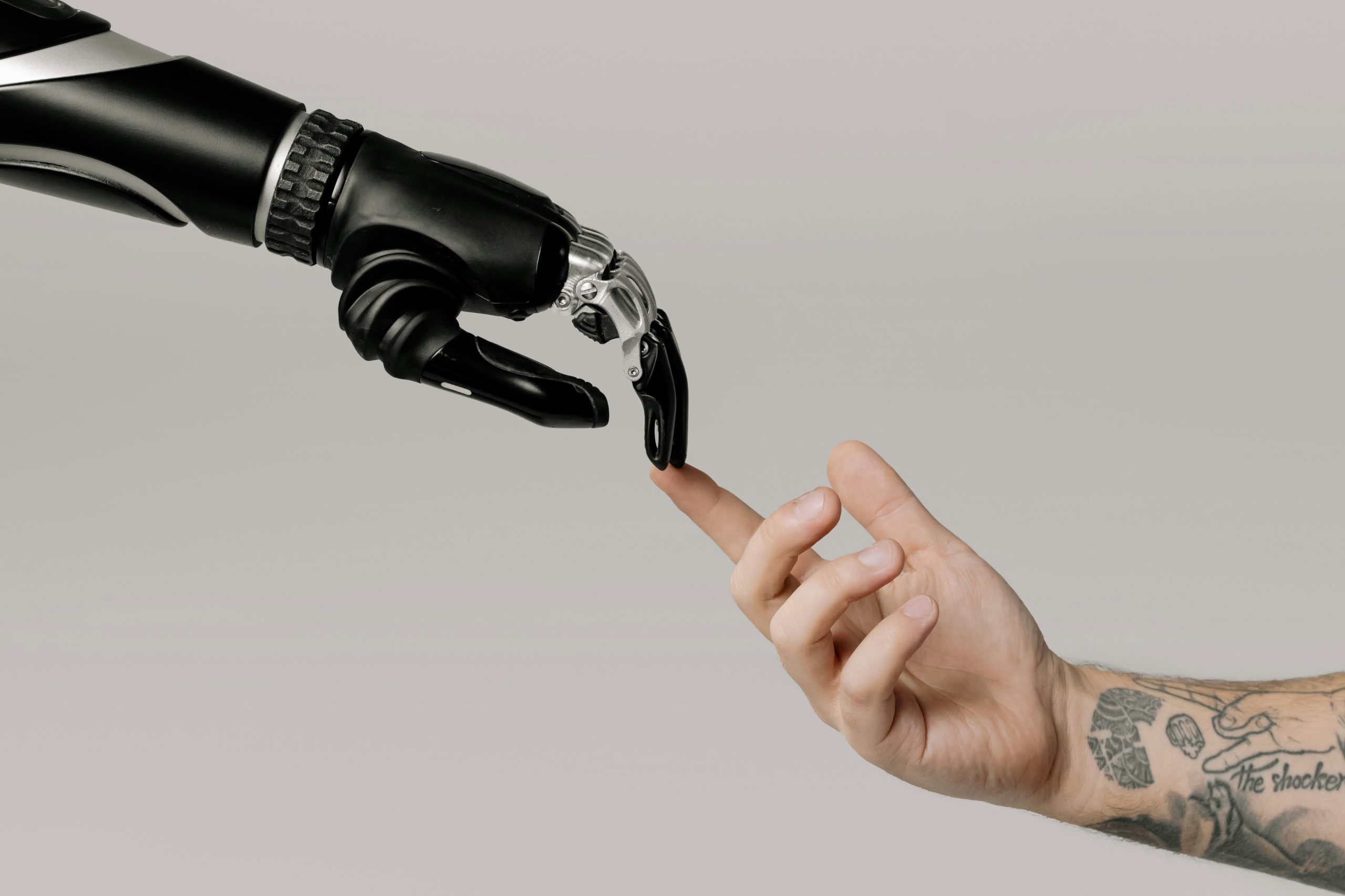Introduction
Artificial Intelligence (AI) has revolutionized the technological landscape, introducing remarkable advancements across diverse industries. Over time, AI has evolved from conventional rule-based systems to the emergence of deep learning, eventually culminating in the development of Generative AI, which possesses the capability to create original content.
As we traverse through the realms of AI, it becomes crucial to comprehend the disparity between Generative AI and Traditional AI, each possessing its own unique characteristics and applications. In this comprehensive exploration, we aim to dissect the fundamental disparities between these two forms of AI, shedding light on their functionalities, implications, and the potential synergy they hold for future innovations.
Traditional AI: A Brief Overview
At its core, Traditional AI, also known as Narrow or Weak AI, is designed to excel in performing specific tasks within predefined parameters and rules.
It operates by recognizing patterns within data and making informed decisions based on this information. Classic examples of Traditional AI include virtual voice assistants such as Siri or Alexa, recommendation systems deployed by platforms like Netflix and Amazon, as well as Google’s sophisticated search algorithms. These systems are programmed to adhere to specific guidelines and execute tasks efficiently. However, their limitations become apparent in their inability to create genuinely novel content or solutions, as they function within the constraints of preset protocols.
Generative AI: The Next Frontier
On the other hand, Generative AI represents a significant leap forward in AI development, possessing the capability to generate entirely new content or data by leveraging patterns acquired from existing datasets. It goes beyond the confines of predetermined rules, showcasing its ability to think creatively and innovate. Generative AI can create entire narratives with intricate plotlines, characters, and settings, all derived from a mere starting line. Today, Generative AI not only generates text but also images, music, and even computer code, exemplified by the groundbreaking OpenAI’s GPT-4. This advancement has opened a world of possibilities for creativity and content generation, pushing the boundaries of what was previously deemed achievable within the realm of AI.
The Key Difference
The primary distinction between Traditional AI and Generative AI lies in their core capabilities.
While Traditional AI excels in recognizing and interpreting patterns within existing data, Generative AI surpasses this by actively creating new data, drawing inspiration from its training data. In simpler terms, Traditional AI recognizes what exists, while Generative AI has the capacity to create what could be, showcasing a profound leap in the potential of AI technology.
Practical Implications
The implications of Generative AI transcend various sectors and industries, presenting a multitude of opportunities for transformative innovation.
In the domain of design:
Generative AI facilitates rapid prototyping, accelerating the ideation process by generating numerous design options within a short time frame.
In the realm of entertainment:
It contributes to the creation of music, scripts, and visual content, pushing the boundaries of creative expression beyond what was previously deemed possible.
In the field of journalism:
Generative AI has the potential to revolutionize the speed and efficiency of content creation by generating articles and reports, thus transforming the landscape of information dissemination. Its role as a catalyst for innovation is prominent, revolutionizing industries where creativity and originality are paramount.
Conversely, Traditional AI continues to play a pivotal role in specific task-oriented applications, empowering the functionality of chatbots, predictive analytics, recommendation systems, and various other practical tasks. It serves as the backbone of the current AI applications that streamline operations and enhance efficiencies across diverse sectors.
The Future of AI
While Generative AI and Traditional AI operate distinctly, their synergy presents the potential for even more robust and innovative solutions. By integrating the analytical capabilities of Traditional AI with the creative prowess of Generative AI, businesses can develop personalized and inventive solutions that cater to a diverse array of user needs. As the AI landscape continues to evolve, understanding the distinctions between these two forms of AI becomes paramount. Leveraging their unique strengths will be instrumental for businesses and individuals striving to stay ahead in the dynamic and ever-evolving digital sphere.
Conclusion
In the grand scheme of technological innovation, we have only just begun to scratch the surface of the vast potential AI has to offer. Recognizing the distinct features and capabilities of Generative AI and Traditional AI enables us to harness their full capabilities, leading us further into the realm of groundbreaking technological advancements. The convergence of their unique functionalities paves the way for a future where AI is not merely a tool but a catalyst for transformative innovation across a plethora of industries and applications. As we continue to explore the boundaries of AI, it is imperative to remain cognizant of its power, ensuring that it is wielded responsibly and ethically, for the greater benefit of society and future generations.
